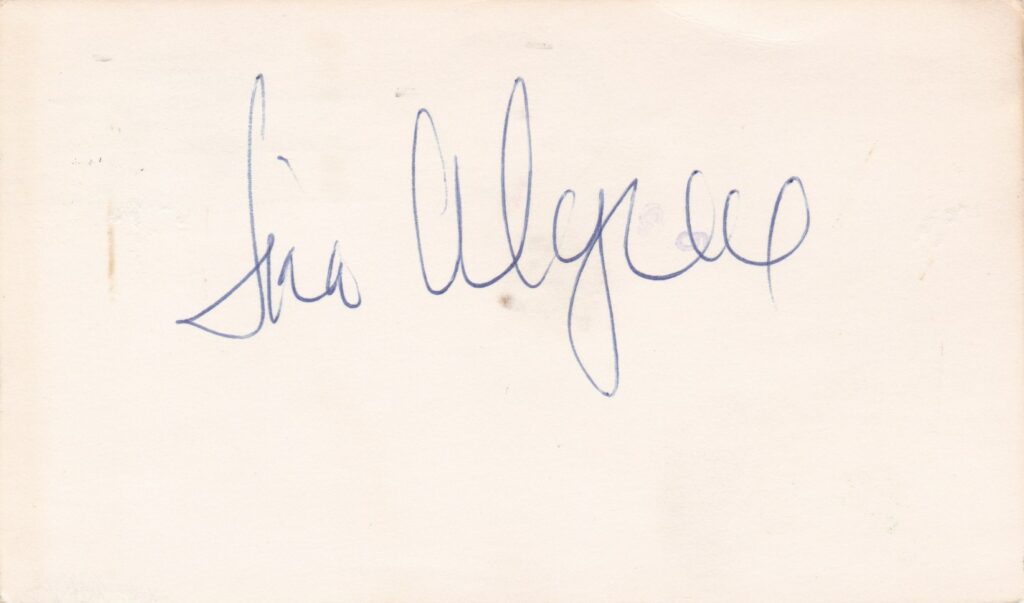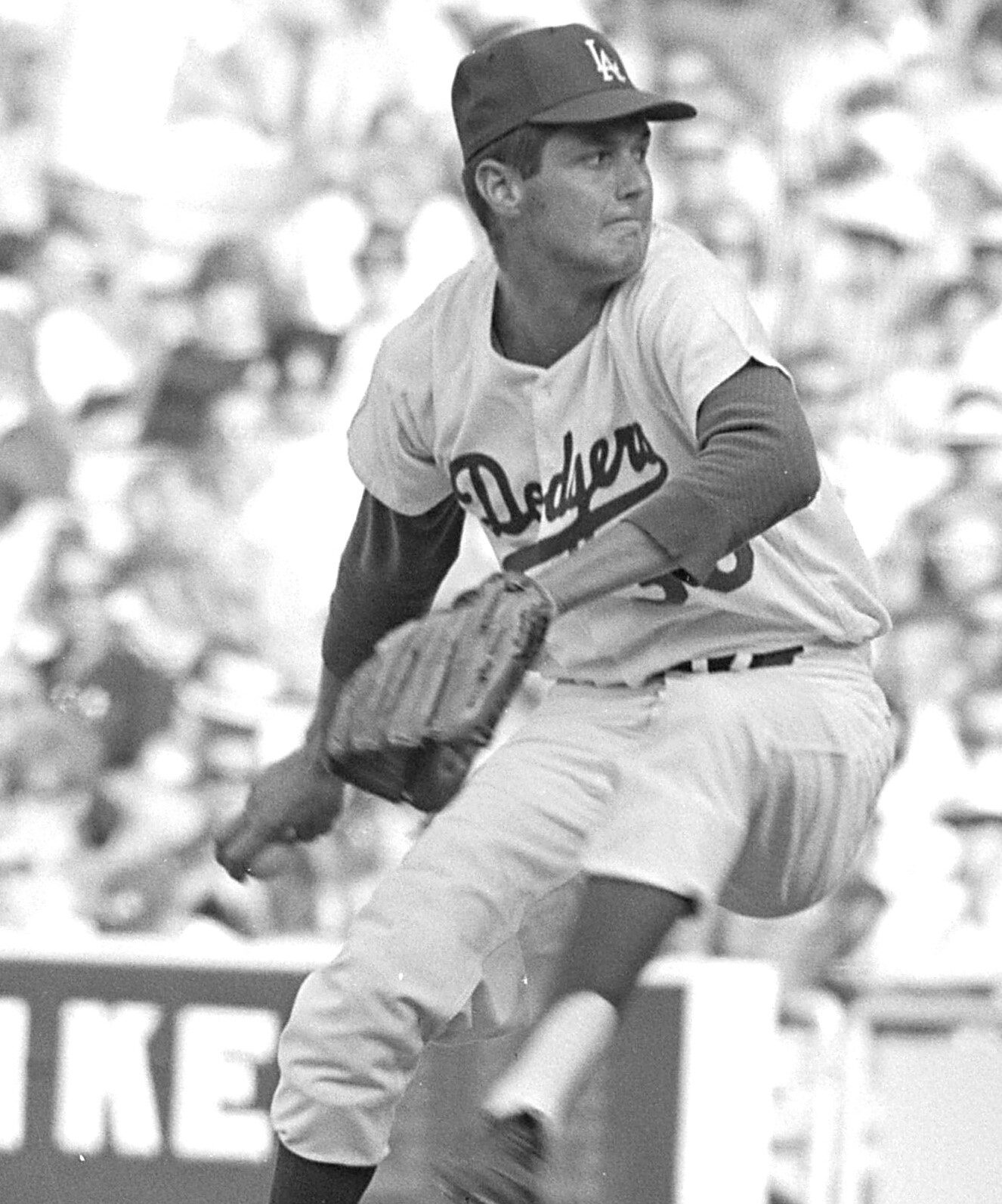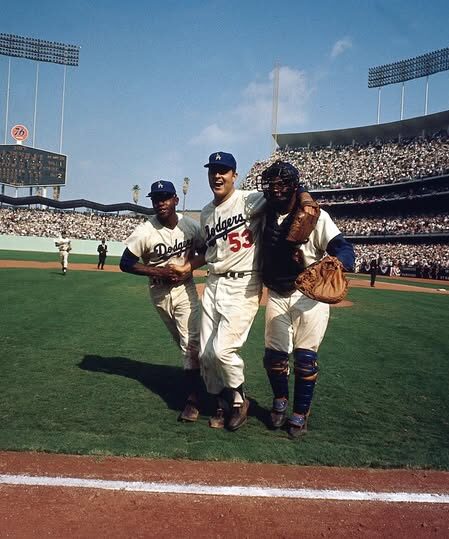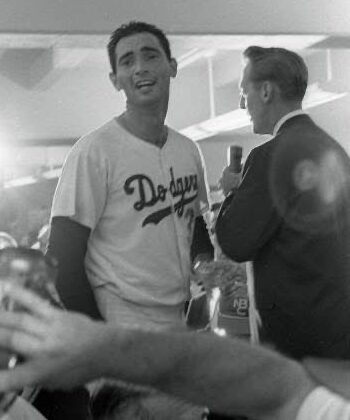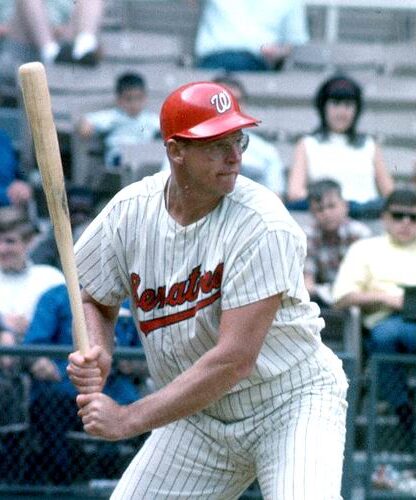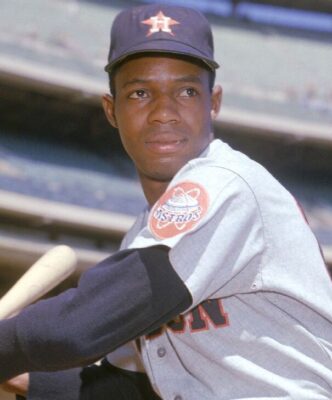Claude Osteen
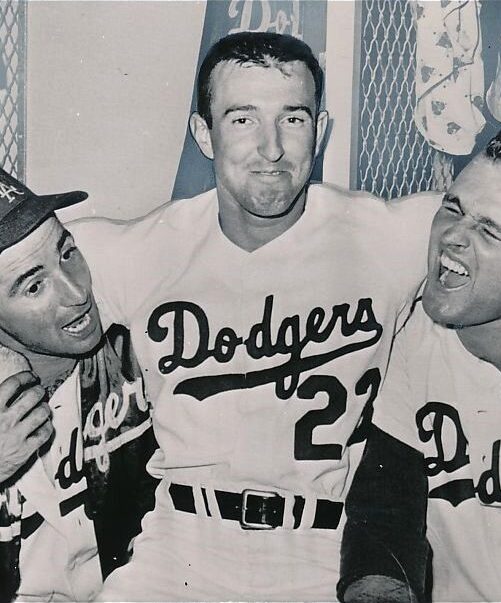
| Birthdate | 8/9/1939 |
| Death Date | |
| Debut Year | 1956 |
| Year of Induction | |
| Teams | Astros, Cardinals, Dodgers, Reds, Senators, White Sox |
| Position | Pitcher |
From 1964-1973 three-time All Star Claude Osteen averaged more than 16 wins per season; his World Series ERA was 0.86 in 21 innings of work.
Leave a commentIn the collection:
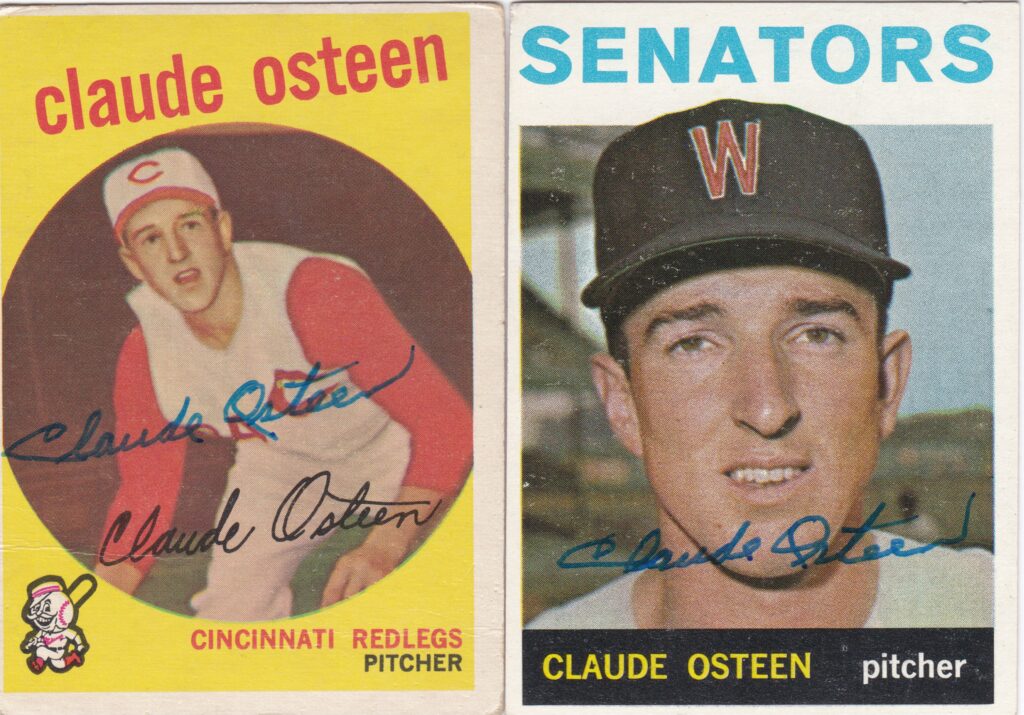
Claude Osteen played with the Cincinnati Reds and the Washington Senators from 1957-1964
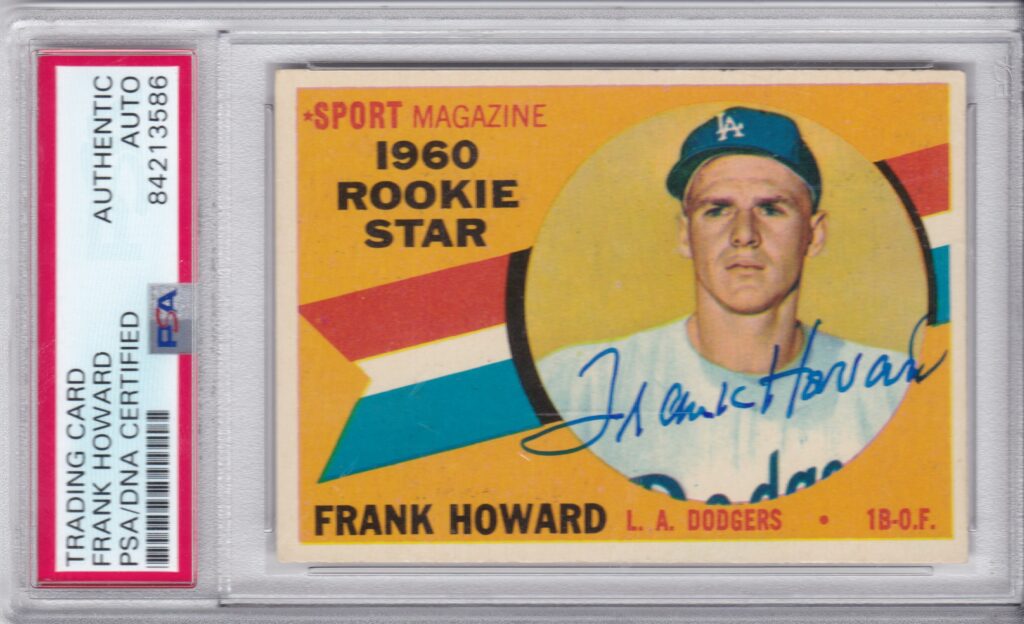
The Dodgers traded Frank Howard for Claude Osteen in a 7-player deal that helped both teams
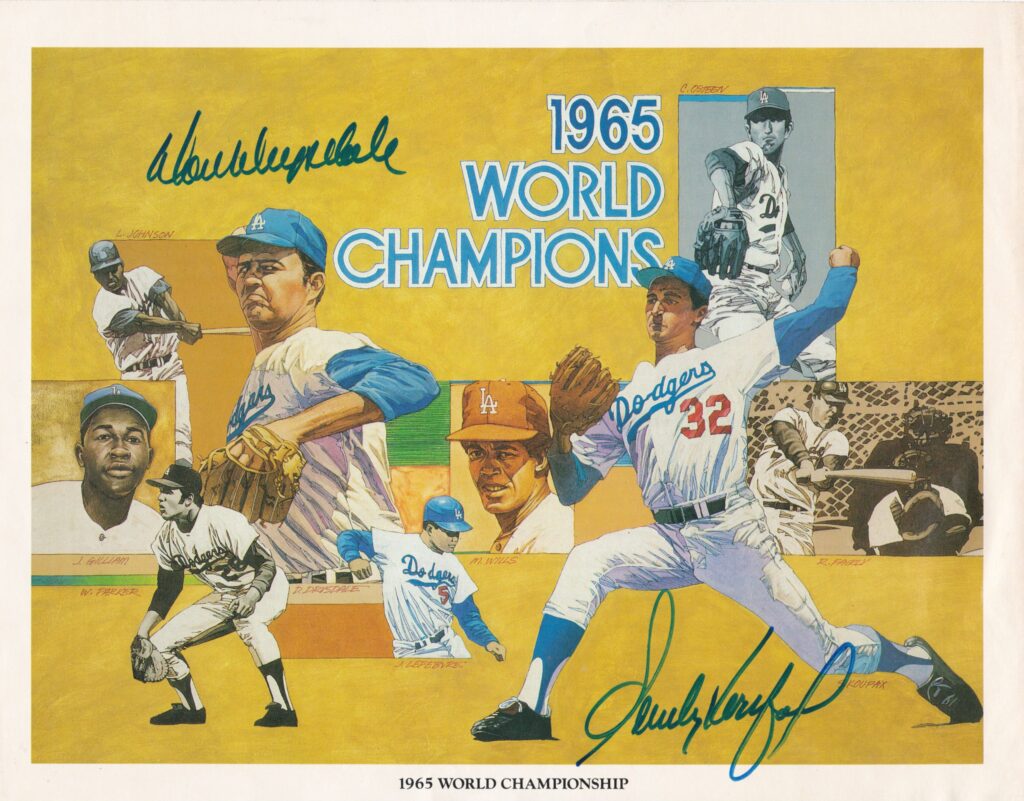
Osteen had an 0.86 ERA in 21 innings in World Series play; he earned a ring in 1965
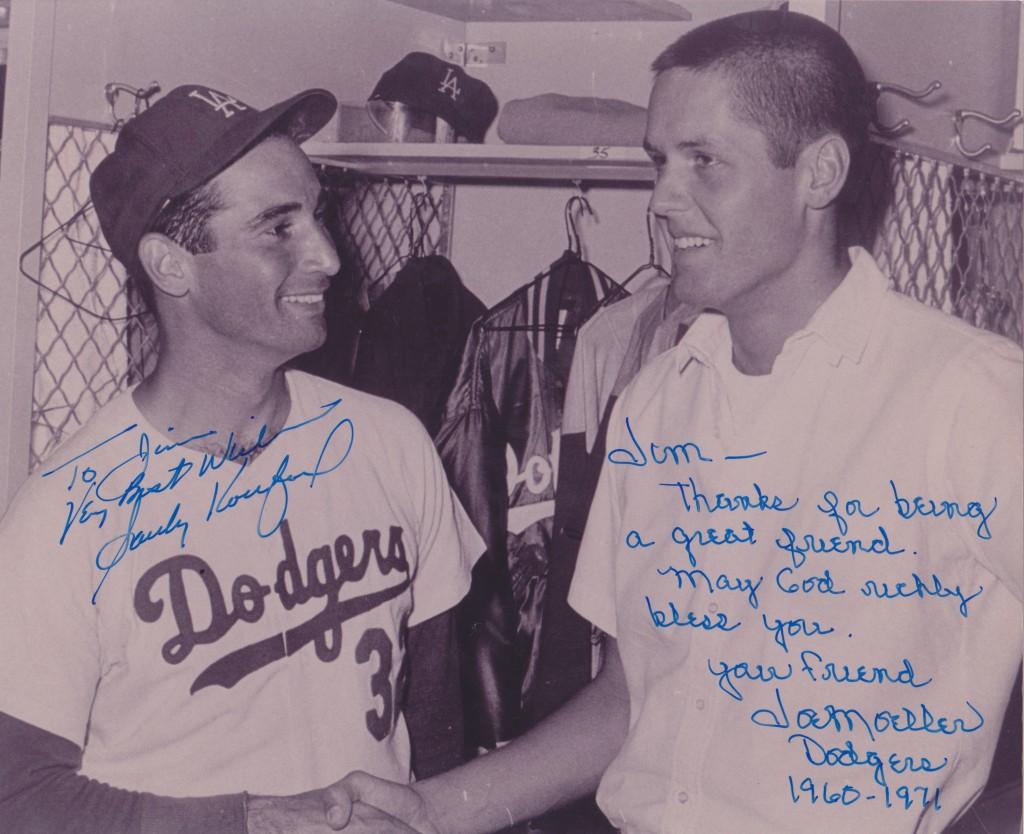
In 1966 Osteen, Koufax, Drysdale, and Sutton started all but 8 of the Dodgers' games
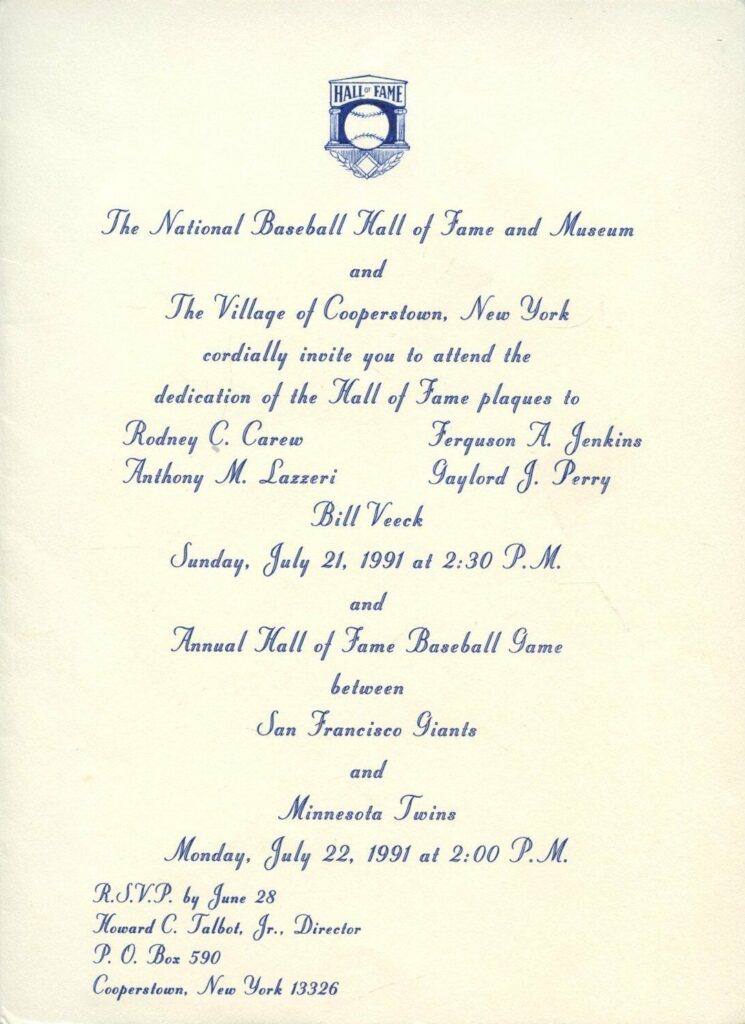
Claude Osteen surrendered a memorable homer to Hall of Fame pitcher Gaylord Perry
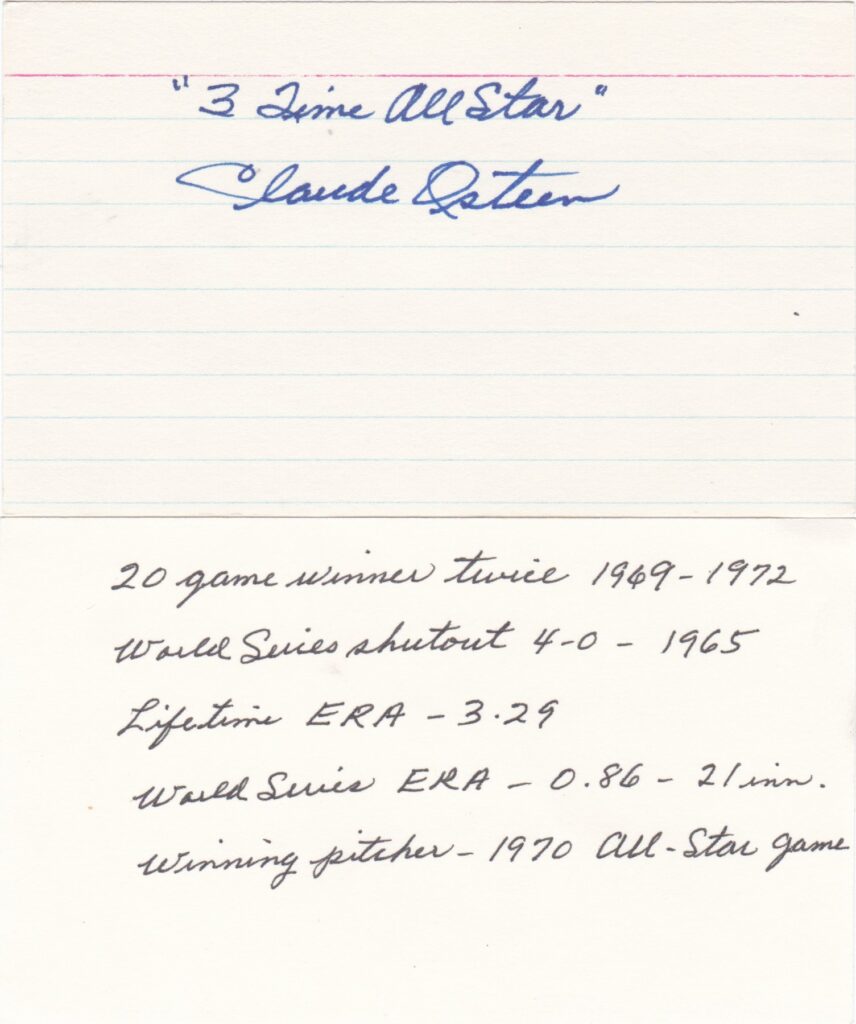
Claude Osteen had two 20-win seasons and eight campaigns of 15 or more victories
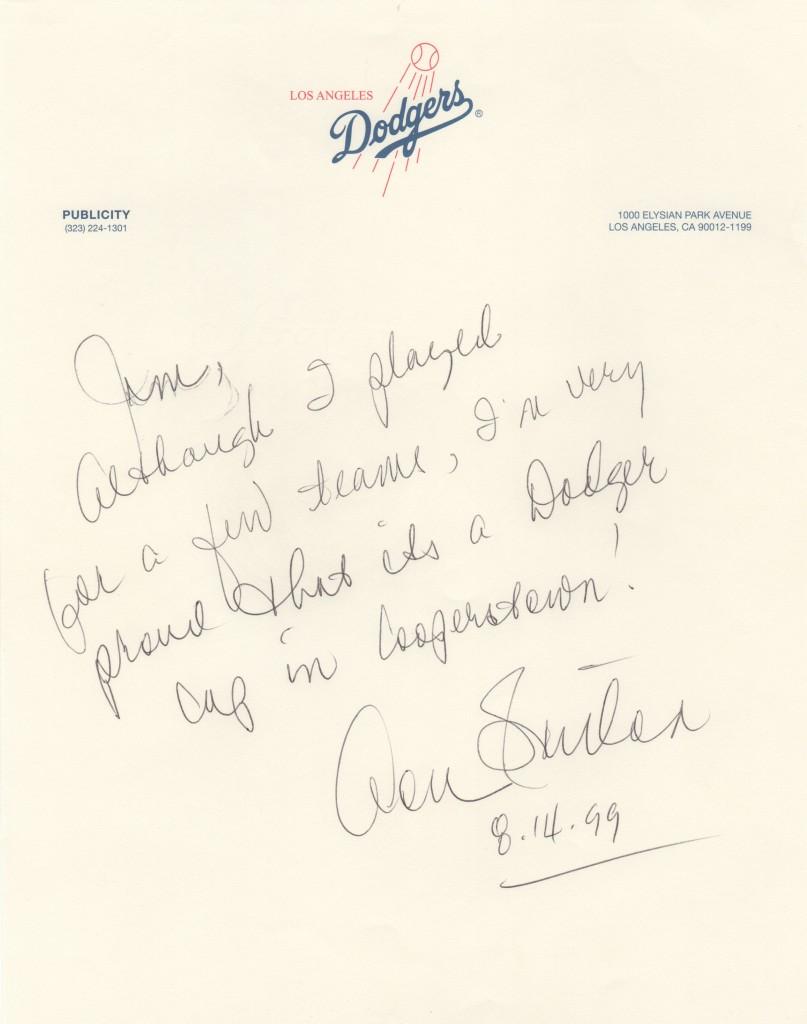
Don Sutton and Claude Osteen combined to win 253 games for the Dodgers from 1966-1973
